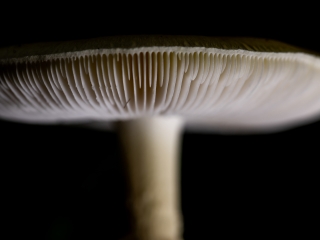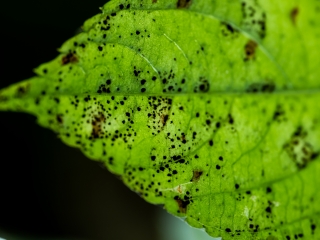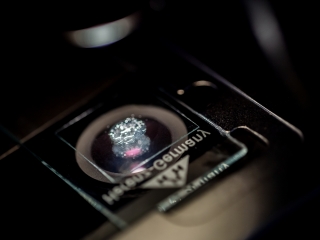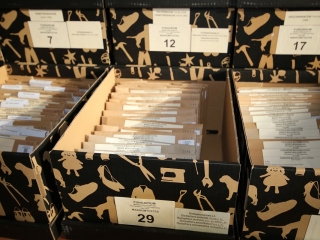In the Institute of Forest Sciences of Bialystok University of Technology, in the Scientific Research Centre in Hajnówka, vast collections of the Macromycetes Fungarium and the Micromycetes Fungarium, have been gathered and successively expanded. The founder of the Fungarium is Marek Wołkowycki – employee and main expert of the Institute of Forest Sciences in the field of mycology.
Herbarium of the Institute of Forest Sciences (BLS) have been placed in the international resource database: Index Herbariorum.
The Macromycetes and Micromycetes Fungarium was established in 1988 and 1989 (successively), initially with the aim of documenting the species diversity of Macromycetes and Micromycetes of the Białowieża Forest. Over time, the numbers of species have been increasing as a result of national and international research projects and mycological expeditions.
The Macromycetes Fungarium mainly includes fungi formerly classified in the broad group of invertebrates Aphyllophorales whereas other groups of Macromycetes are represented marginally. The Macromycetes Fungarium is the scientific foundation of the Fungi Extract Bank®.
On the other hand, the Micromycetes Fungarium from the group of Micromycetes includes parasitic species found on living plants and saprotrophs decomposing dead shoots of vascular plants.
The specimens are collected in the form of fungal herbarium. Dried fungi specimens are described accordingly. Specimen of Macromycetes are protected (from insects) in sealed, stringed bags, which at the first stage are stored in the freezer in -25 Celsius. In the case of Micromycetes, infected plant fragments are collected.
The Macromycetes and Micromycetes specimens are placed in envelopes made of grey paper, measuring 14 x 20cm. In the Fungarium collections each envelope is stamped with a number (in the upper right corner) and has a generated specimen label along with a unique QR code for each specimen. In most cases, photographs of the macro – and microscopic structure of the specimens are also attached. The envelopes, sorted by taxa, are placed in cardboard boxes.
Most species of Macromycetes and Micromycetes have been described using traditional methods used in mycology, with the help of the OPTA-tech LAB40M light microscope with variable phase contrast (with the OPTA-tech MI6 camera) and the NIKON ECLIPSE Ni-u microscope with variable phase contrast and Nomarsky contrast (with the NIKON DS-ri2 camera).
Keys and monographic studies were used. The results of preliminary descriptions were confronted with the current revision of genera and species complexes, in reference to the available, latest taxonomic studies. Some of the material from taxonomically difficult genera is still to be described.
As at 01.03.2021:
In the Macromycetes and Micromycetes Fungarium specimens from the forests of Podlasie and other regions of Poland are collected. Few foreign collections come from scientific expeditions to Lithuania, Latvia, Czech Republic, Slovakia, Norway, Sweden, Finland, Germany, England. Moreover, the Macromycetes specimens have been gathered during trips to the US, Argentina, Russia, Belarus, as well as come from donations.
The collection is composed of: the Macromycetes Fungarium – 5200 envelopes, the Micromycetes Fungarium – 4640 envelopes.



